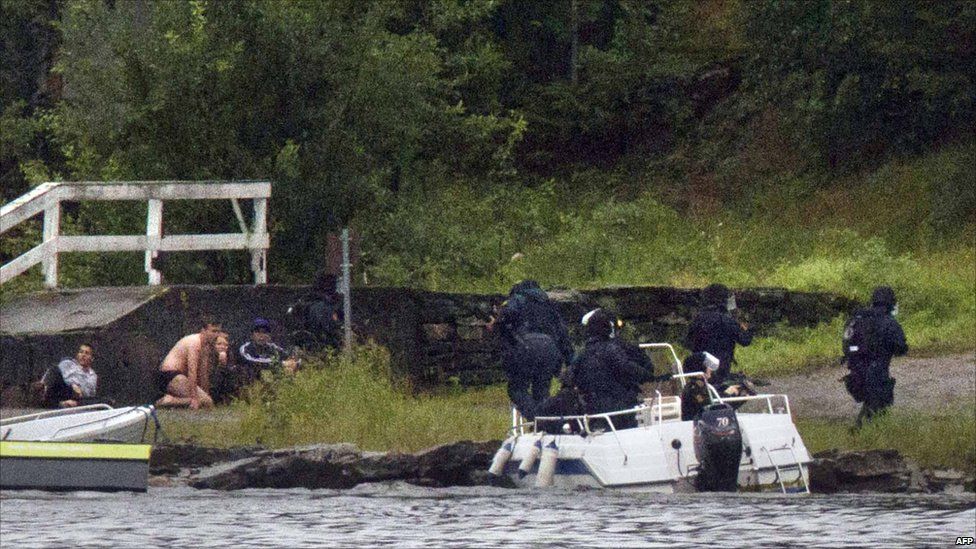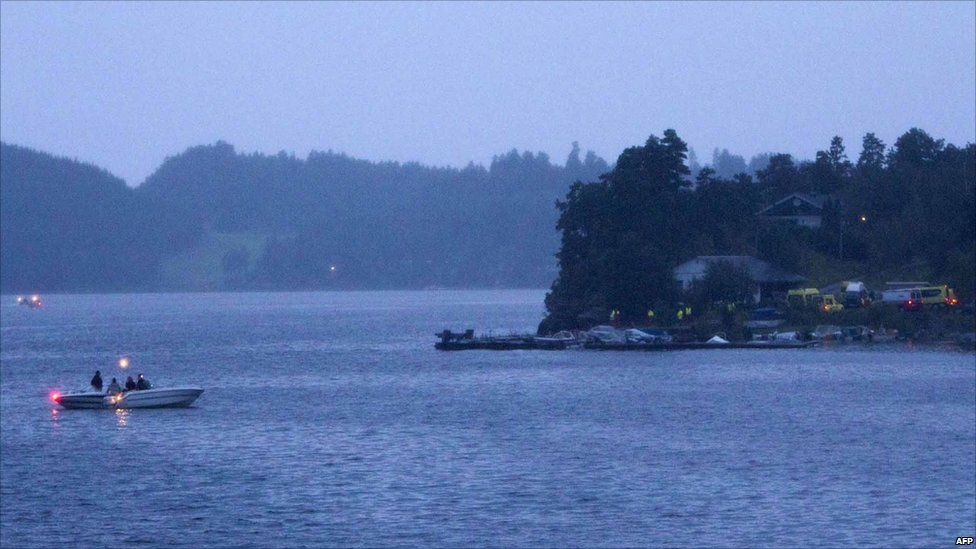Norway's Human Rights Justice System
Norway's Human Rights Justice System
"According to Norwegian law he has a right now to go before a judge.""He emphasizes that right. And his motivation for doing so is difficult for me to have an opinion on.""According to the law there is no obligation that you have to be remorseful.""So it is not a legal main point. Absolutely the legal problem is whether he is dangerous."Øystein Storrvik, Breivik’s defense lawyer"The only thing I am afraid of is if he has the opportunity to talk freely and convey his extreme views to people who have the same mindset.""I think personally it is absurd he has this possibility. I think he is ridiculous, but you have to remember that him having all this attention will be hard for the survivors and the parents and some people can be re-traumatized."Lisbeth Kristine Røyneland, head, family and survivors support group
 |
| Norwegian mass killer Anders Behring Breivik arrives in court on the first day of a hearing where he is seeking parole, in Skien, Norway, Tuesday, Jan. 18, 2022. (Ole Berg-Rusten/NTB scanpix via AP) |
He was arrested and stood trial for his unspeakably evil act of war against decency, law and order. Norway's social culture, reflected in its laws, saw this mass murderer imprisoned in conditions that few other countries' prisons reflected. An obvious belief in redemption that included an morally unscrupulous sadist. He had a nicely furnished 'cell' that might equal hotel accommodations elsewhere in the country; proffered respect for his 'human rights' denied to others by his terrorist act of obliteration of human life.
He had the audacity in 2016 to sue the government that was treating him with kid gloves of understanding and hope for time to correct his mode of thought and execution of fascist 'justice'. Claiming isolation from other prisoners and frequent strip searches violated his human rights, initially he won his case. Somehow good sense and justice prevailed and the verdict was subsequently overturned in 2017. In fact, had he not been kept in solitary confinement, his life might have been forfeit, with other prisoners conducting jungle justice on the conscienceless slaughterer of youth.
 |
| Terrified youngsters hid in the woods, with some jumping into the water to escape the hail of bullets AFP |
The psychiatrist who had followed Breivik since 2012, Randi Rosenqvist, expressed her professional opinion in saying she could "not detect great changes in Breivik's functioning"
from his original criminal trial to his current presentation. He had
been convicted of terrorist acts, having been found criminally sane when
a court rejected the prosecution's claim that he had been psychotic.
 |
| Locals gathered boats near the island to try and help those jumping into the water to escape AFP |
Labels: Anders Behring Breivik, Mass Murder, Norway, Parole Hearing

<< Home